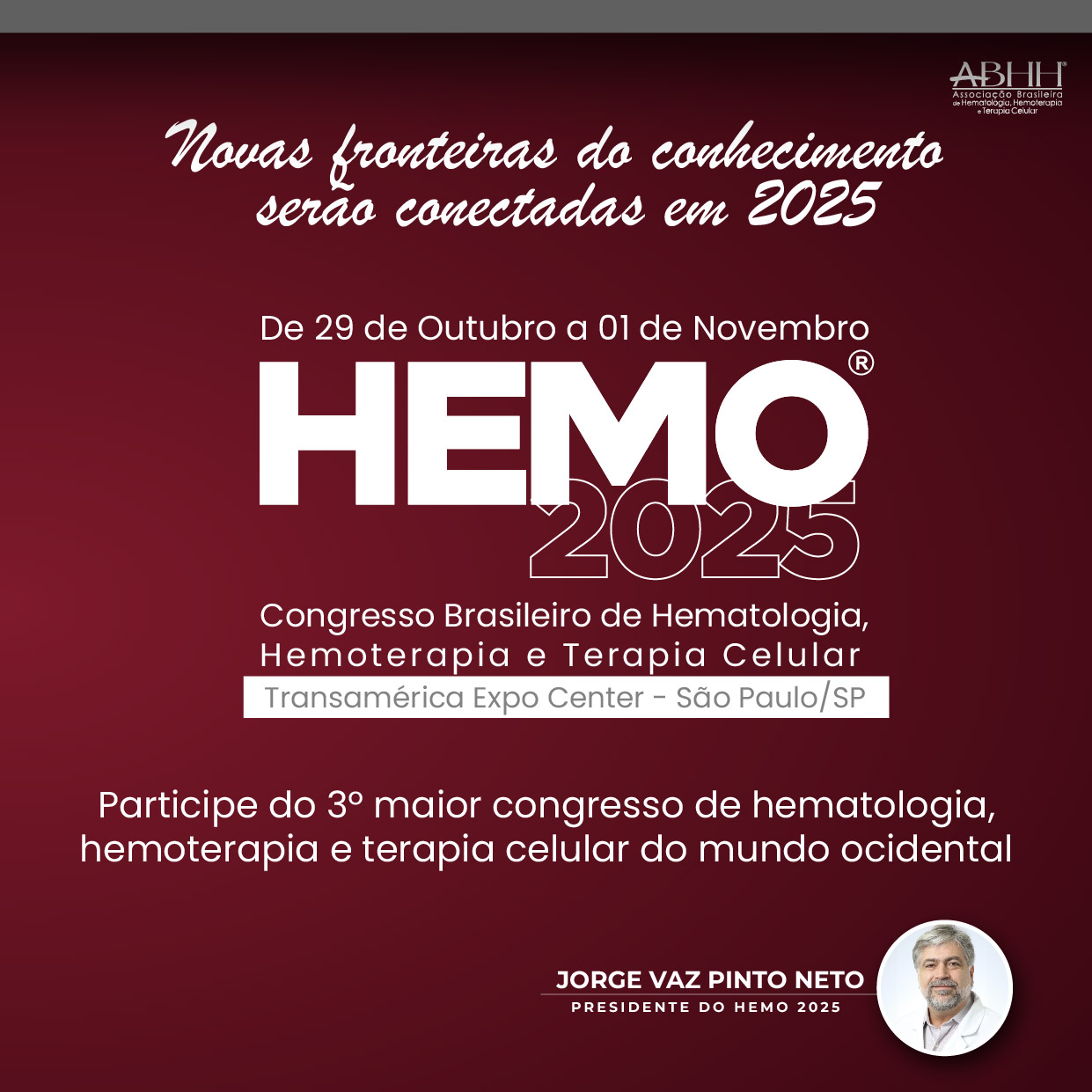
Totally Implantable Venous Access Ports (TIVAP) are widely preferred for oncology patients requiring chemotherapy.[1] The most common cause of port removal in hematological malignancy patients is infection, followed by dysfunction.[2,3] The aim of this study is to evaluate single center experience of TIVAP in patients with hematologic oncology.
Methodology126 patients who were followed up in the hematology-oncology department of the tertiary oncology hospital and who had port catheters inserted in the interventional radiology unit between January 2019 ‒ January 2022 was evaluated retrospectively. Post-procedure control radiographs of the patients were evaluated for early complications and localization suitability. Additionally, patients’ port catheter follow-ups were evaluated for infection and dysfunction.
Results68 (54%) of the patients were male and 58 (46%) were female. The age range of the patients was 18‒65, and the average age was calculated as 41.3. 60 (48%) patients were followed up with a diagnosis of acute myeloid leukemia, 30 (24%) with acute lymphocytic leukemia, 24 (19%) with non-Hodgkin lymphoma, 10 (8%) with Hodgkin lymphoma, and 2 (1%) with multiple myeloma. In the control radiograph examination taken after the procedure, the port location was appropriate in 124 patients and the port catheter ended in the right ventricle in 2 patients. No early complications were observed in any of the patients. Port catheter dysfunction was observed in 8 patients (6%) during follow-up. The average duration of dysfunction development was calculated as 17.25 weeks. Port infection developed in 14 patients (11%) and the average time to develop port infection was calculated as 3.4 weeks. Port infection rates are higher in hematological malignancy patients compared to other malignancy patient groups.
ConclusionAlthough the use of port catheters is common in patients with hematological malignancy, caution should be exercised in terms of possible port infection.
References:
- 1.
Niederhuber JE, Ensminger W, Gyves JW, et al. Totally implanted venous and arterial access system to replace external catheter in cancer treatment. Surgery. 1982;92:706-12.
- 2.
Lebeaux D, Larroque B, Gellen-Dautremer J, et al. Clinical outcome after a totally implantable venous access port-related infection in cancer patients: a prospective study and review of the literature. Medicine. 2012;91:309-18.
- 3.
Fischer L, Knebel P, Schroder S, et al. Reasons for explantation of totally implantable access ports: a multivariate analysis of 385 consecutive patients. Ann Surg Oncol. 2008;15:1124-9.






